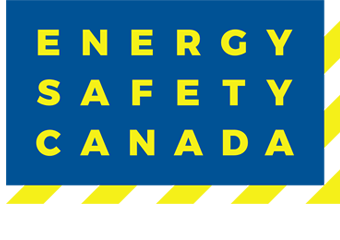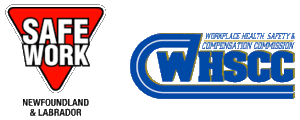Confined Space Technical Rescue
TO REGISTER FOR THIS COURSE, A CANDIDATE NEEDS TO PROVIDE
A valid email address.
First Aid Certification
Fall Protection Certification
Confined Space Entry Certification
Introduction
This 5 day advanced course focuses on enhancing the ability of emergency responders to successfully perform a rescue from a confined space and is valuable information for anyone who may be involved in a confined space emergency. It is a Legislative Requirement to have Confined Space Rescue trained personnel when doing any Confined Space Entry. This course also focuses on the hazards associated with confined spaces, Occupational Health & Safety Regulations and CSA Standards z1006- 10 Management of Work in Confined Spaces and the proper equipment used in Confined Space Rescues. As a pre-requisite to completing this course, the student must have valid First Aid , Fall Protection, and Confined Space Entry Certificates.
Course Information
Duration: 5 day course
Components: Theory (2 days) and Practical (3 days)
Course Outline
Chapter 1: Confined Space Entry & Rescue Operations
- Confined Spaces
- Permit-Required Confined Spaces
- Other Potentially Hazardous Confined Spaces
- Confined Space Emergency
- Phases of Confined Space Rescue
- Review
Chapter 2: Occupational Health & Safety Regulations
- Confined Space Entry
- Corrective Precautions
- Work Procedures
- Entry into Confined Space
- Explosive or Flammable Atmosphere
- Rescue from Confined Space
Chapter 3: CSA Z1006-10 Management of Work in Confined Spaces
- Definitions and Abbreviations
- Confined Space Management Program
- Roles and Responsibilities
- Planning
- Implementation of the Confined Space Management Program
- Investigation and Corrective Action
- Review
Chapter 4: Confined Space Hazards
- Atmospheric Hazards
- Physical/Mechanical Hazards
- Psychological Hazards
- Hazard Identification
- Review
Chapter 5: Atmospheric Monitoring
- Gas-Monitoring Instruments
- Monitors for Oxygen
- Monitors for Flammable or Explosive Atmospheres
- Monitors for Toxic Contaminants
- Application of Detection Devices
- Selection of Detection Devices
- Monitoring Strategies
- Oxygen Deficiency/Oxygen Displacement
- Stratification of Atmospheres
- Review
Chapter 6: Hazard Control
- Ventilation
- Use of Alignment Chart
- Controlling Hazardous Energy
- Six Steps to Lockout/Tagout
- Ignition Prevention
- Claustrophobia
- Medical Monitoring
- Review
Chapter 7: Personal Protective Equipment
- Physical Protection
- Chemical Protective Equipment
- Respiratory Protection
- Review
Chapter 8: Phases of Confined Space Rescue
- Phase I: Preparation
- Phase II: Assessment
- Phase III: Pre-Entry Operations
- Phase IV: Entry and Rescue Operations
- Phase V: Termination
- Review
Chapter 9: Rescue Equipment, Knots & Systems
- Equipment Standards and Equipment
- Units of Measure
- Equipment Description and Capabilities
- Equipment Inspection
- Equipment Repair
- Equipment Logs
- Washing Equipment
- Retiring Equipment
- Knots
- Patient Packaging
- Anchors
- Rescue Systems
- Rope Rescue System Analysis
- Review
Chapter 10: High Point Anchor Systems
- Tripods
- Lifting and Retrieval Devices
- Resultant Forces on High Anchor Points
- Review
Chapter 11: Communications
- Commonly Used Hand Signals
- Light Signals
- Portable Radios
- Wired Communications Systems
- Components of a Typical Confined Space Communications System
- Review
Chapter 12: Permitting Confined Spaces
- Reasons for Permitting a Confined Space
- Requirements of a Confined Space Entry Permit
- Review
Exam
Practical
The practical portion of the Confined Space Rescue course consists of a multitude of exercise situations. In this exercise, students will have the opportunity to practice Confined Space Rescue using all Equipment and Procedures discussed in theory portion. Students will follow the Phases of a Confined Space Rescue, which include Preparation, Assessment, Pre-entry operations, Entry and rescue operations and Termination and will be provided with the appropriate equipment to carry out a confined space rescue.




